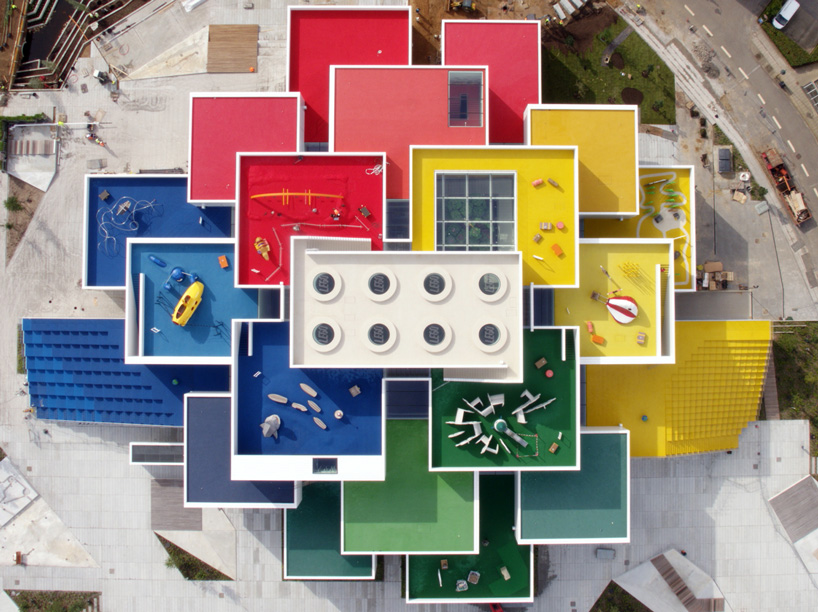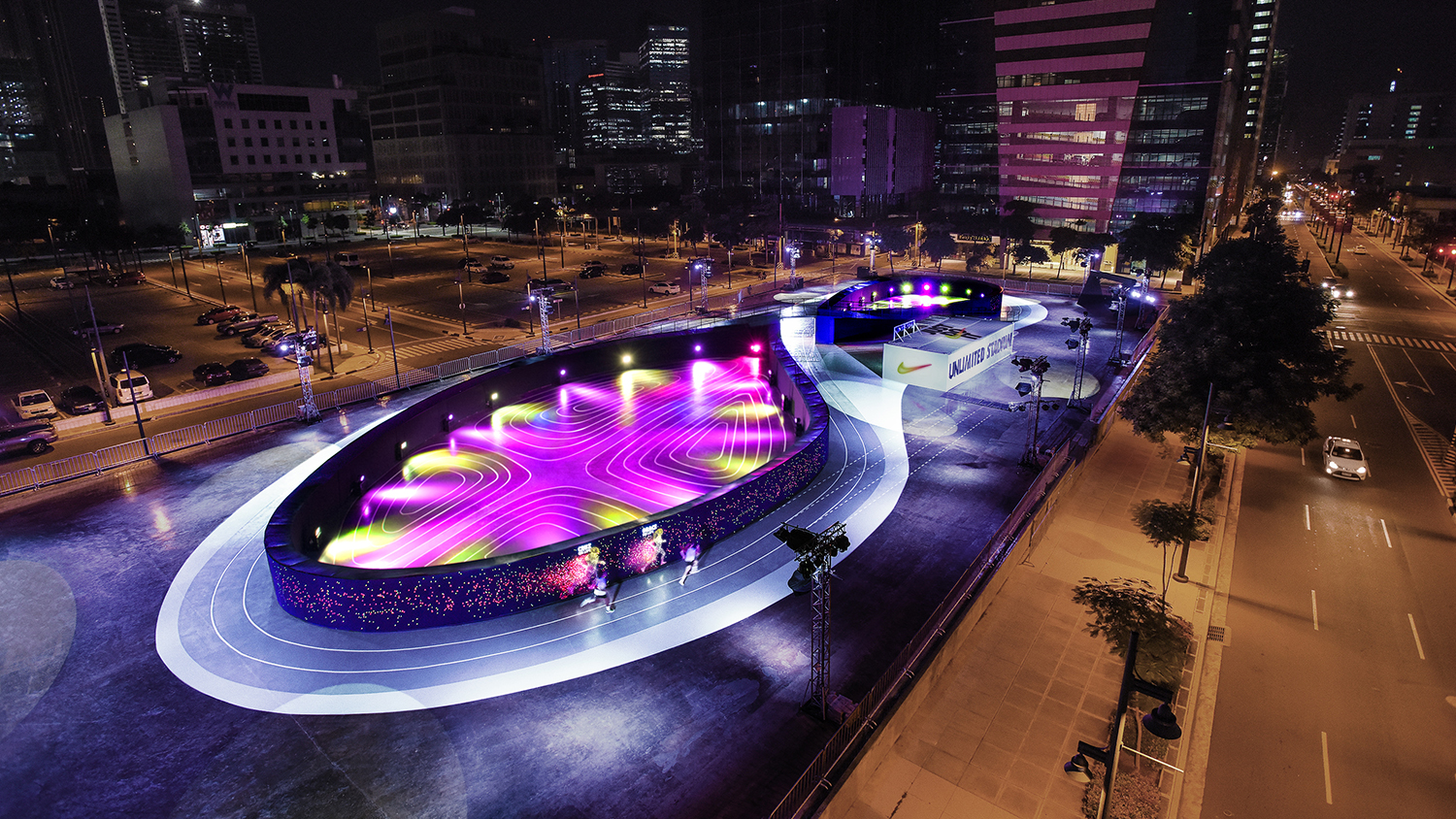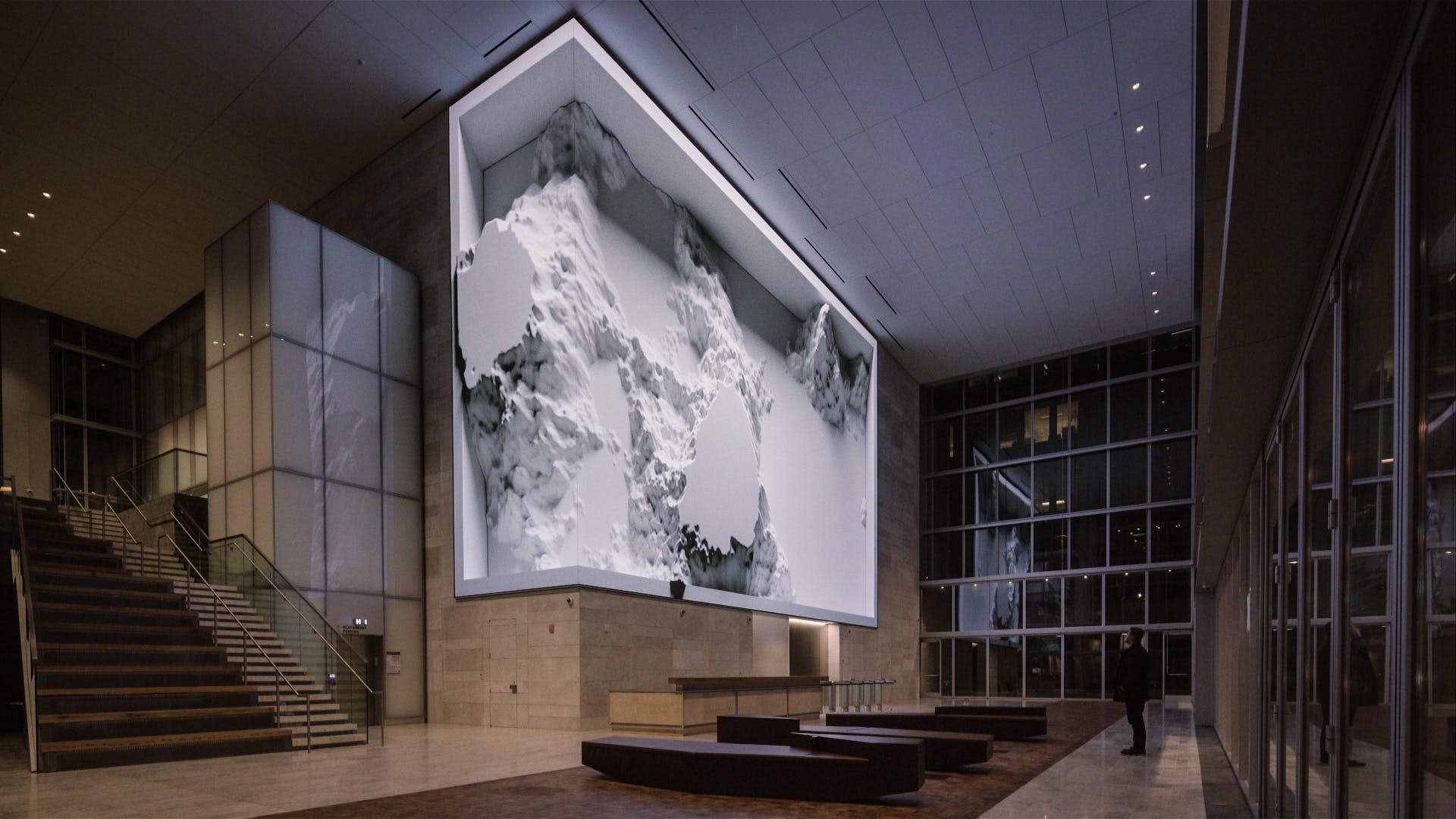
Can architects claim a bigger slice of marketing budgets?
Can architects claim a bigger slice of marketing budgets?
Share
A growing number of architects globally are landing incredible branding and marketing projects. BrandCulture’s Nick Bannikoff and Stephen Minning investigate.
Dozens of experiential marketing agencies have opened recently in Australia, but all the while a newer trend has been quietly emerging: the growing role of architecture in branding and marketing.
Over the past two years, we’ve seen several eclectic examples of branded architecture pop up all over the globe. Architects like Herzog & de Meuron and Peddle Thorp Walker have played a huge role in the evolution of building façades – a trend that makes it possible to literally bake a brand’s DNA into the façade of buildings.
Projects like LEGO House in Denmark, Musée Yves Saint Laurent in Marrakech with its lace-like terracotta brick façade, or Denton Corker Marshall’s perforated walls for the University of Technology Sydney are three recent, and very different, examples of how brands are embedding their beliefs and values into the architecture itself.

LEGO house in Denmark
Of course, branded architecture is hardly new. It’s been 63 years since Disney opened Disneyland, and in Ginza, Tokyo, luxury labels have been designing buildings as extensions of their brands for decades.
What is new is that today’s architects are mastering the art of combining the physical and digital realms to create multi-layered brand experiences that don’t have to cost the earth to execute. In the process, they’re catching the eye of marketing directors eager to dip their toe in the experiential design pond.
Nike’s ‘Unlimited Stadium’ is a good example of a physical space imbued with digital innovation. Created by advertising agency BBH Singapore, it was of the most acclaimed examples of branded architecture in 2017, rethinking the running experience by allowing people to race against a digital avatar of themselves, projected on huge LED screens as part of a huge, luminescent running track that doubles back on itself like the sole of a Nike shoe, illuminating Manila’s skyline.

Nike Unlimited Stadium
This year, we expect to see a growing number of Australian architects and a new breed of experiential graphic designers work more frequently with branding and marketing clients. If you’re curious about working in this space, here are a few tips.
Rules of thumb
If your client is investing in branded architecture for the first time, they may not be accustomed to working with large, multi-disciplinary teams that include anyone from engineers to lighting designers and digital specialists.
They may also think “experiential graphic design” simply means slapping a brand identity to walls – it’s your role to help them start thinking about the experience that their customers are having, and how these experiences relate to their brand vision, so you can all work together to create a meaningful connection to their customers through architecture.
It’s also important to steer marketing executives away from pop-ups and temporary installations that have no real permanence or meaning. A lot of experiential campaigns are here and now, and while they may have short-term marketing value, brand values are enduring: they need to be embedded into the architectural DNA in a thoughtful and sensitive way.
Content is the missing piece of the puzzle
The rise of experiential graphic design is being driven by technology more regularly, but the bit that goes missing is content. We often hear of clients saying: “What? I spent thousands on technology, now I need to spend more on content?” But the money is wasted if they don’t think about the content, and it’s something architects and experiential designers need to educate our clients about.
We love Refik Anadol’s digital art installations for the Salesforce building in San Francisco, where the building owners had the vision to work with Skidmore, Owings & Merrill (SOM) architects to create a beautiful experience.
There’s a building directly opposite with similar screens, and the last time we visited, someone from the marketing team had installed a giant Powerpoint presentation. It’s horrifically bad. There’s no design control plan in place.
It’s important to help clients realise that the brand cues embedded in digital content can be very subtle – no one wants to see flashing logos wherever they turn.

Refik Anadol digital art installations for the Salesforce building in San Francisco
Keep abreast of technology
Motion sensors, facial recognition, AI, flip discs (created by Brooklyn agency Breakfast) – these trends are all taking experiential graphic design and branded architecture to another level.
Yet a few years ago when motion sensors were invented, we saw lots of interactive experiences created just for the sake of it – experiences like Vivid, beautiful but largely meaningless. It’s cool the first time, and then after awhile, you begin to think: what’s the idea? Give me a reason for this to exist – where is the conversation or story?
Architects need to help their clients keep abreast of emerging technology, or simply partner with an experiential design firm that specialises in this space. They also need to master the art of identifying what their client’s brand stands for, and communicating its vision and values in a meaningful yet cost-effective way.
One of the biggest hurdles to working in this space is the perception that branded architecture is expensive. It’s up to us to demonstrate that fantastic environments can be built on modest budgets providing you have some really talented, committed designers on board.
How does Australia stack up?
Australia’s best-branded architecture and experiential graphic design projects are often aimed at staff rather than the public, which makes them less visible.
But branded architecture is on the rise here, and globally. The reason more Australian marketers are investing in architecture and experiential graphic design is because of its power to surprise and delight people. If you can put a smile on someone’s face by engaging them in the built environment in a way they weren’t expecting, you’re halfway there to winning them over.
Nick Bannikoff is design director at BrandCulture and co-chair of the Society for Experiential Graphic Design’s (SEGD) Sydney Chapter, while Stephen Minning is director of BrandCulture and a global board member of SEGD.
















